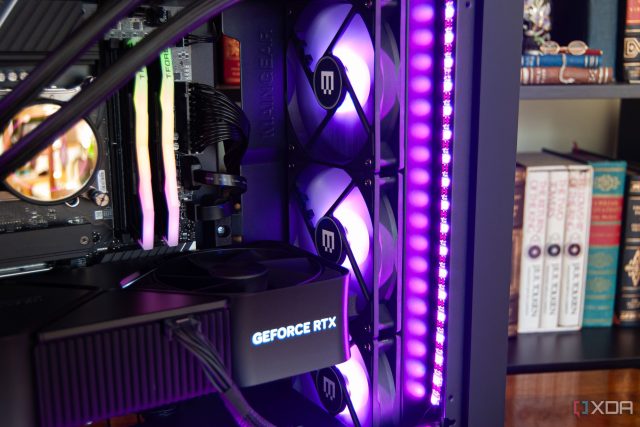As a PC user, keeping the system temps low is always high on my priority list. I’m sure many of you have struggled with the obsession surrounding CPU temperatures despite the fact that they’re within spec most of the time. Still, reducing the CPU and GPU temps inside your PC is never a bad thing, and many of us resort to adding extra fans or high-quality fans to improve airflow on our PCs.
Over the last few years, I’ve realized that instead of installing more case fans on my PC, minimizing and optimizing the cables inside my PC yields the same or even greater benefits when it comes to system temps. While some of these habits deal with choosing the right components before building your PC, others have to do with cable management techniques that can improve temperatures significantly without the use of extra fans.
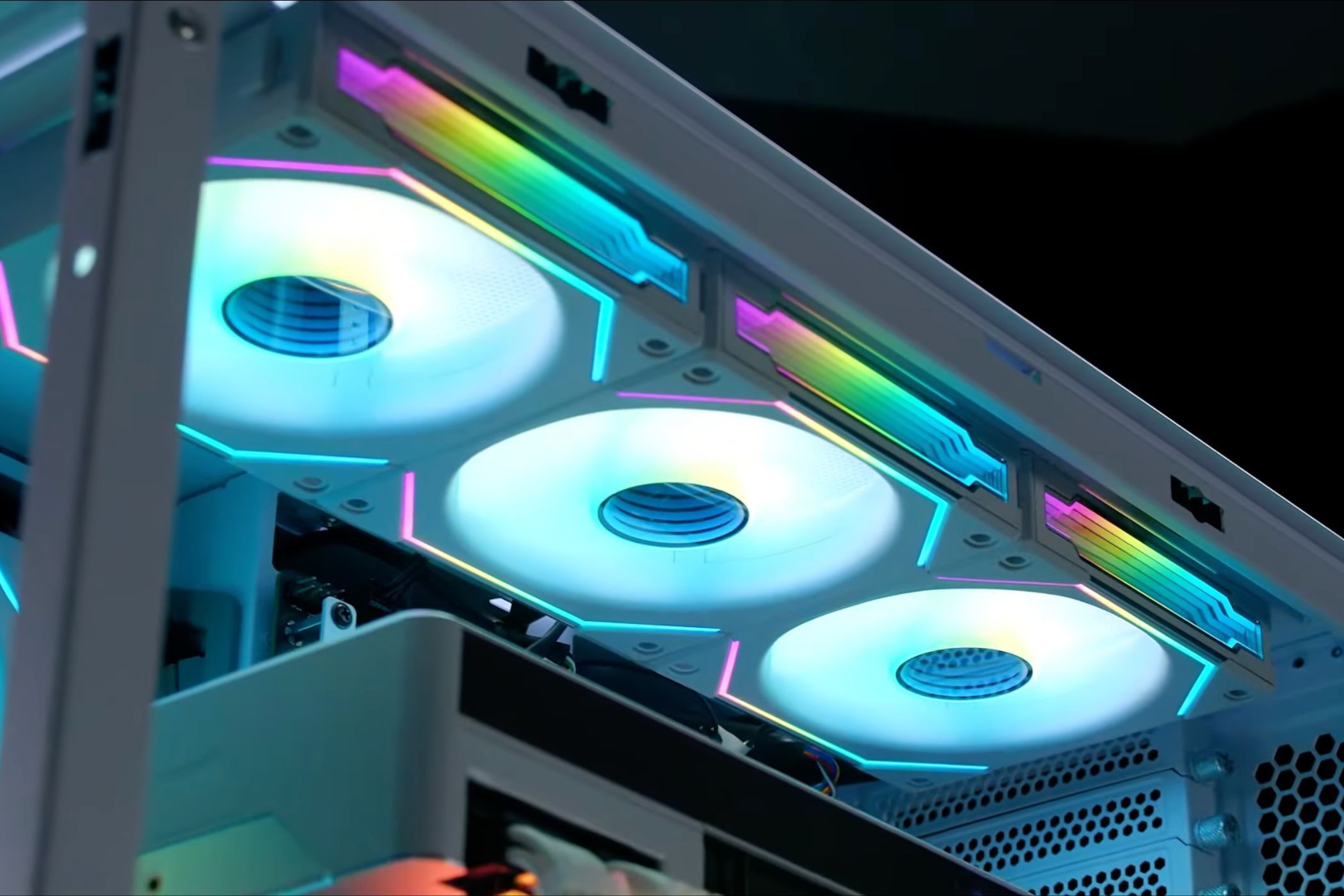
Related
3 ways to improve your PC’s airflow without buying more fans
Not a fan of more fans? Here’s how to make the most of the ones you have.
5
Using a spacious case
I no longer opt for compact mid-towers
This might not be a cable management tip, per se, but buying a case with ample internal volume makes cable management a lot easier for anyone. Whether you’re a beginner or seasoned builder, choosing a case that doesn’t skimp on space is the first step to ensuring convenient cable management. You no longer need to wrestle with narrow channels and limited grommets when routing cables. You even have plenty of space behind the motherboard tray to properly tie and stash your cables.
Dual-chamber cases further simplify the build process as you can remove the power supply from the main chamber, hiding all the respective cables out of the way. The fewer cables you have to begin with, the easier it is to keep things light and airy for your components. Besides the advantage of better convection in a spacious case, you have fewer possibilities of hotspots or obstructions cropping up that can disturb the smooth airflow inside the PC.
A full tower case can reduce your system temps more than adding a bunch of 120mm fans to a compact mid-tower or mini-ITX case. Due to the better heat dissipation inside a spacious case, your existing fans don’t need to spin as much as they would on a smaller case, lowering the noise levels as well.

NZXT H9 Flow
The NZXT H9 Flow is a spacious mid-tower chassis from a reputable brand that offers a unique take on the traditional PC case design. It has ample support for water cooling, excellent thermal performance, and a gorgeous aesthetic.
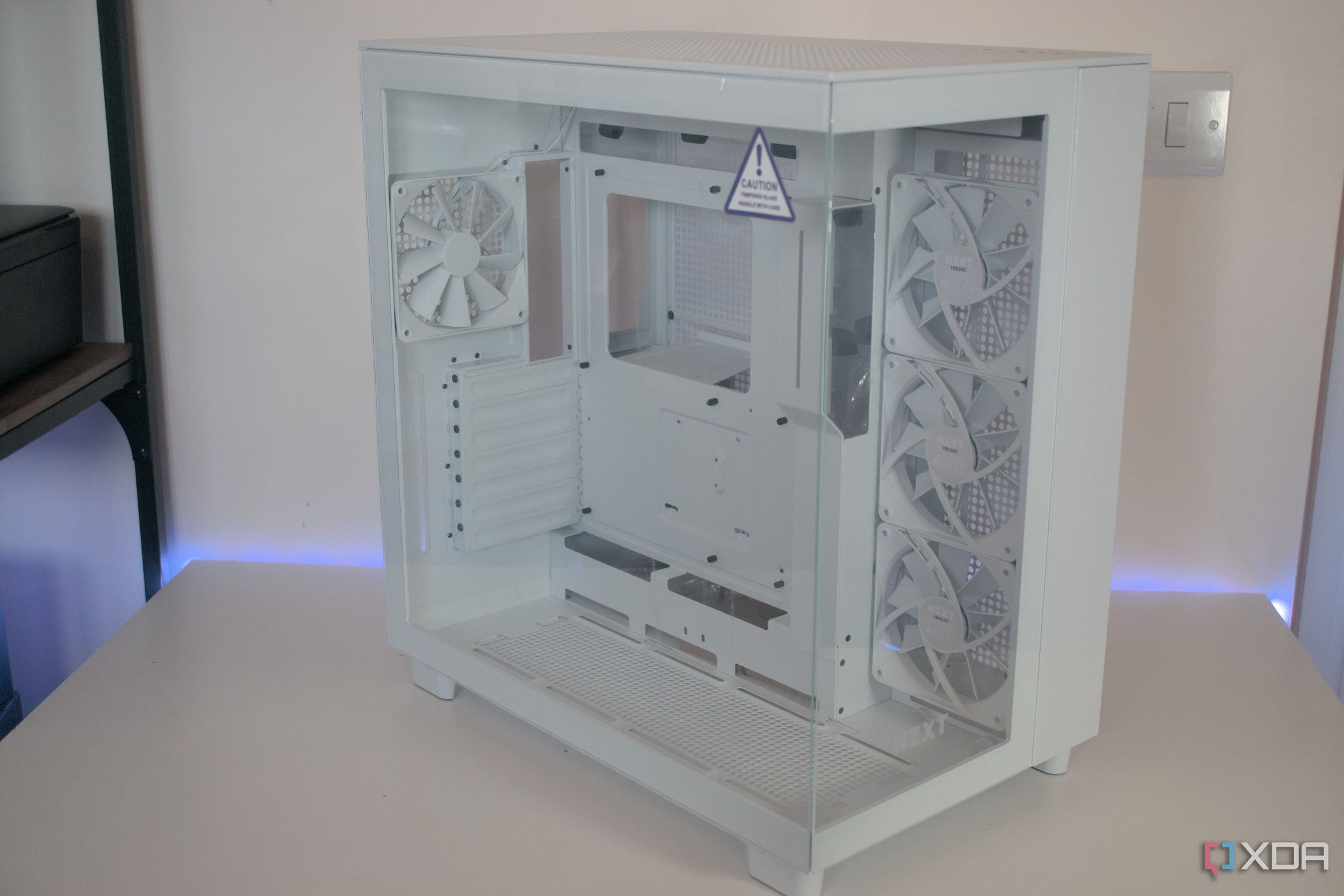
Related
5 unexpected benefits of buying a spacious PC case
Large cases allow for more than just upgradability
4
Using a modular PSU
Non-modular PSUs aren’t worth it anymore
This habit is, in fact, directly related to better cable management. Since you only need to use the cables you want on a modular PSU, you’re instantly minimizing the cables you need to deal with inside the PC. Modular PSUs don’t come with any cables already attached to the unit, giving you much more freedom to plan your cable management before building the PC.
Additionally, modular units allow you to use custom PSU cables instead of the stock cables, opening the door for better esthetics. Today, non-modular PSUs aren’t any cheaper than modular units, so the price argument doesn’t hold anymore. Besides, if you’re buying a quality power supply for your precious hardware, there’s very little chance that it’ll be a non-modular unit in 2025.
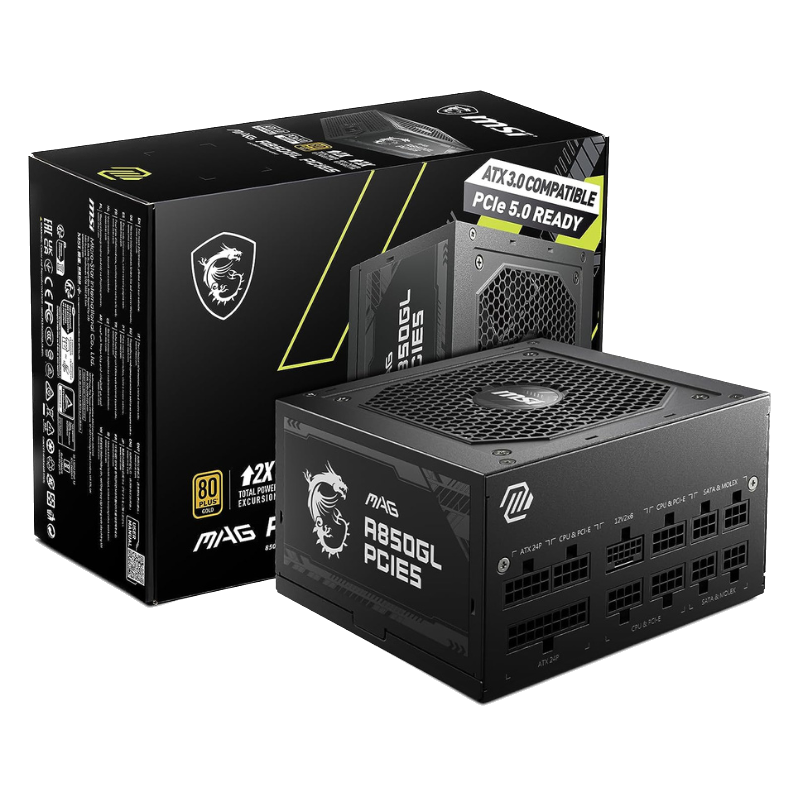
MSI MAG A850GL
$136 $140 Save
$4
The MSI MAG A850GL is an ATX 3.0 power supply with 850W of 80+ Gold power efficiency, perfect for future-proofing your gaming PC.
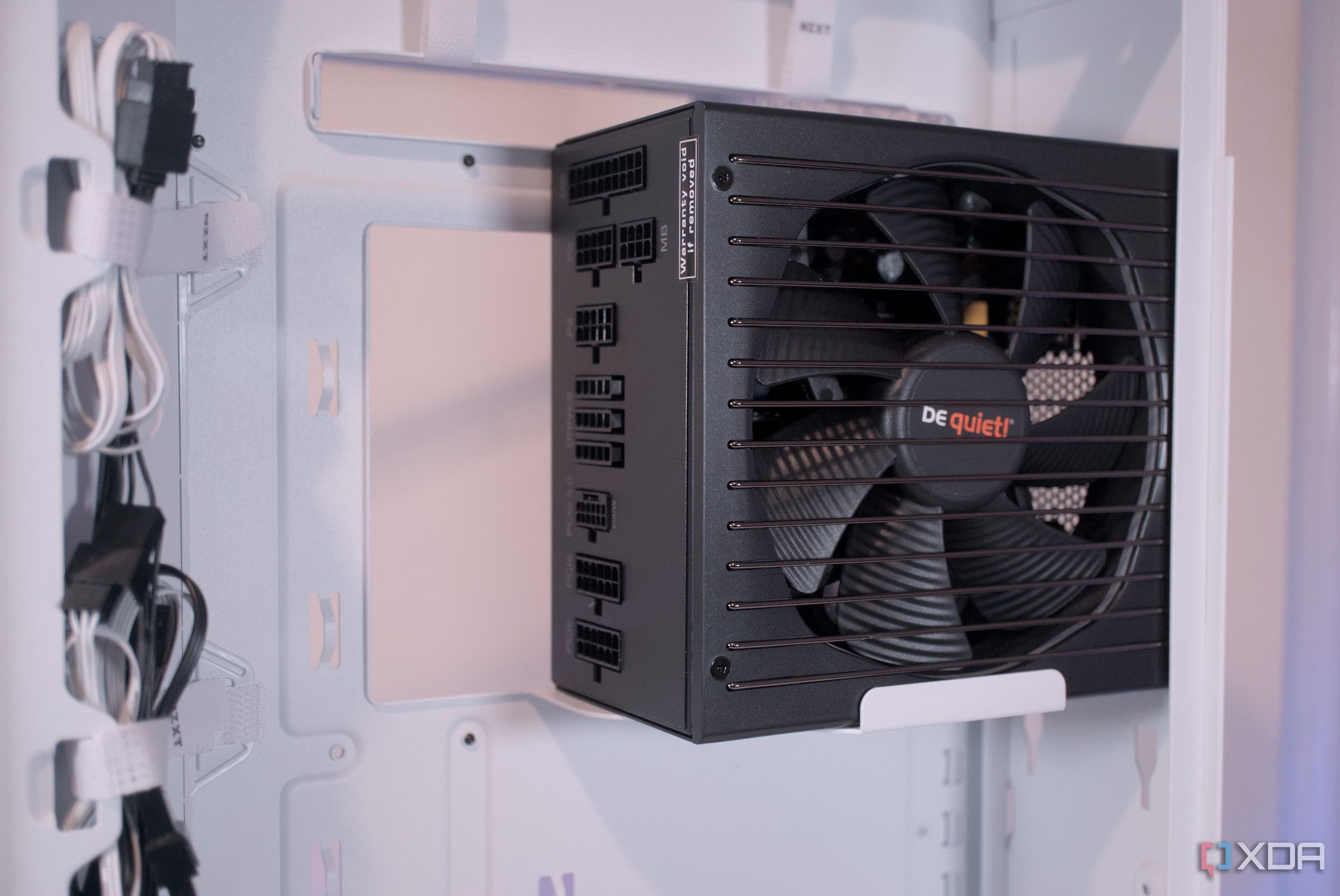
Related
How to replace the PSU on your PC: A step-by-step guide
Don’t forget to get all the connections right.
3
Removing obstructions to the airflow path
Let your case breathe better
Once you’ve already learned to pick a spacious case and modular power supply, and installed a decent number of fans on your PC, you need to focus on optimizing your existing hardware instead of thinking about buying more. I often see builds with wayward cables crisscrossing from top to bottom or right to left, needlessly creating obstructions to the normal airflow path inside the PC. Air needs to move with little resistance from the front of your case to the rear (or from the bottom to the top).
For instance, PSU and GPU cables lying in a heap under the graphics card can prevent the intake fan from doing its job, contributing to higher temps and a noisier fan. Similarly, CPU power cables that are too short or hard drive cages located directly behind intake fans increase resistance for the incoming air. You can switch to cable extensions to route shorter cables better and remove the hard drive cage if you aren’t using hard drives on your PC.
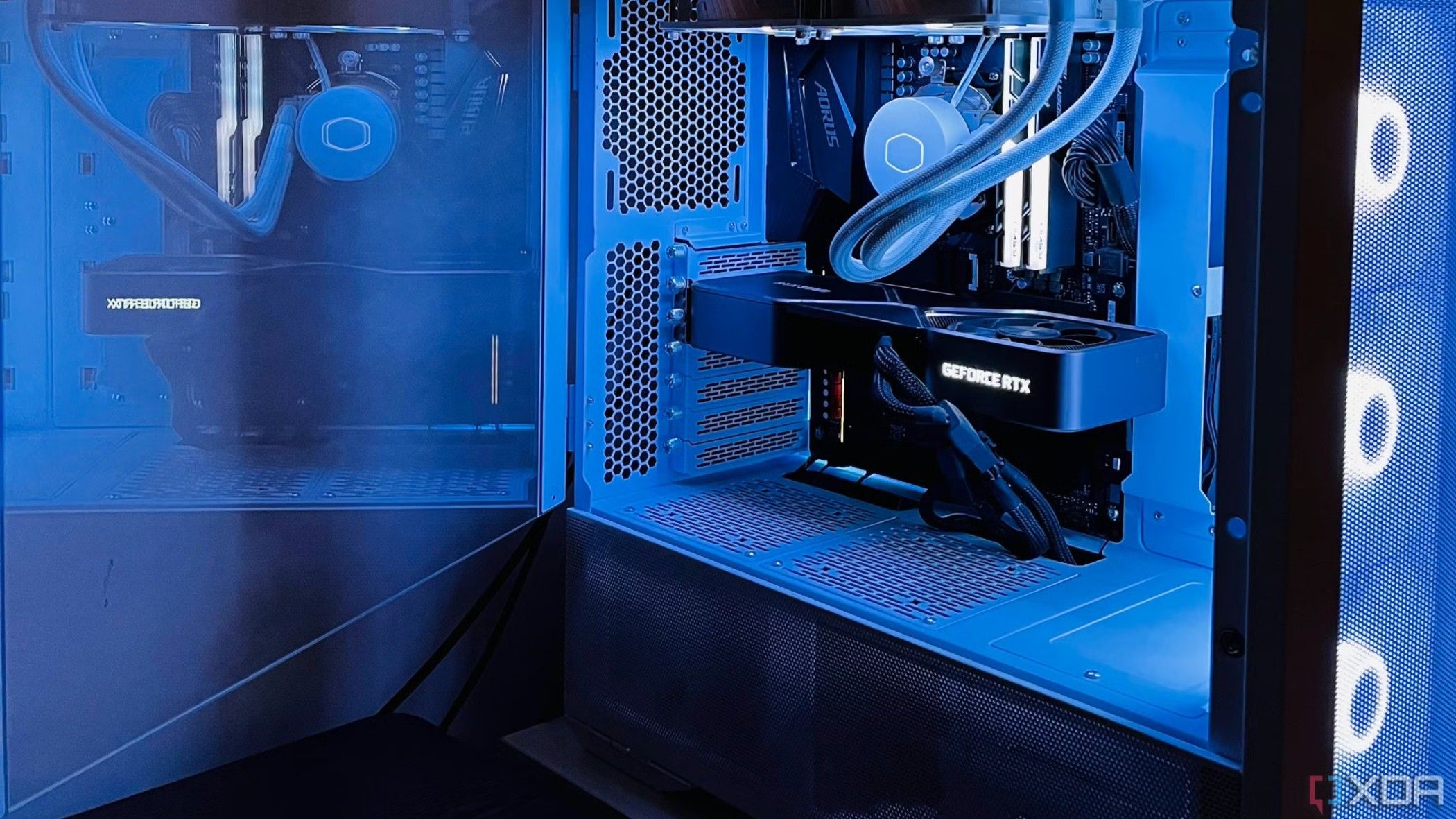
Related
5 airflow mistakes I see in almost every mid‑tower build
They might seem small, but these airflow mistakes are a strict no-no in any mid-tower PC
2
Fixing messy cables at the intake and exhaust
Make your existing fans perform better
This one is less common, but it can happen on some builds. If your front panel cables, CPU power cables, or fan cables are too close to the front intake or rear exhaust fans, it can become a problem for optimum airflow. If you’re using bottom intake fans, the GPU power cables or the GPU itself being too close to the fans can make it harder for them to push air into the PC. Even the side intake fans in some cabinets can encounter interruption in airflow from front panel cables.
Instead of installing more fans inside your PC, try to use your existing ones better by tying any loose cables with zip ties and securing them to spots where they’re not in the way of intake or exhaust fans. For the GPU power cables, you can switch from the stock adapter to a single cable from the GPU to the PSU for a cleaner and less intrusive setup. It might not feel like you’re doing much, but everything put together can help shave off a few degrees from your overall system temps.
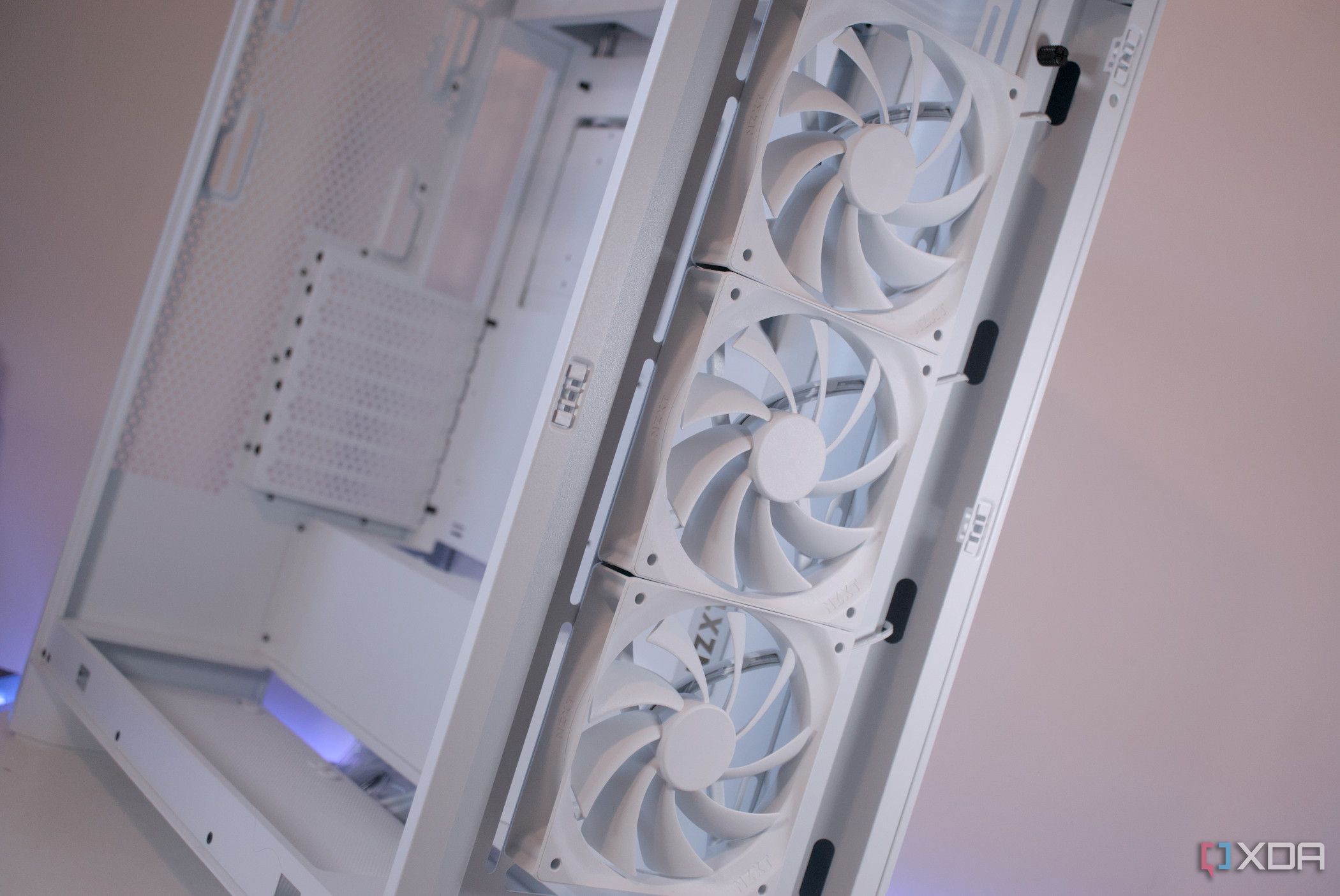
Related
Do you need to upgrade your PC’s case fans?
The case fans are essential for a cool-running PC, but do you really need to upgrade them?
1
Avoiding hotspots around the VRMs and RAM
Eliminate the likely culprits
Lastly, you need to examine your build to see if the 24-pin motherboard power or the CPU power cables are routed through the right channels. In cases where these cables cross over the motherboard, they can create hotspots near the RAM and VRMs, respectively, by blocking the warm air inside the PC for slightly longer, contributing to higher temperatures overall. You may have inadvertently routed the 24-pin cable through a further hole or stuffed the CPU power cables close to the motherboard VRMs.
To remedy this, you can remove the 24-pin cable and connect it via the nearest hole to the 24-pin connector. For the CPU power cables, pull them from behind the motherboard tray to free the VRMs from any cable jumble that may have been created there. These fixes won’t affect the temperatures of your motherboard VRMs or RAM, but could improve the exhaust of warm air, improving overall system temps.
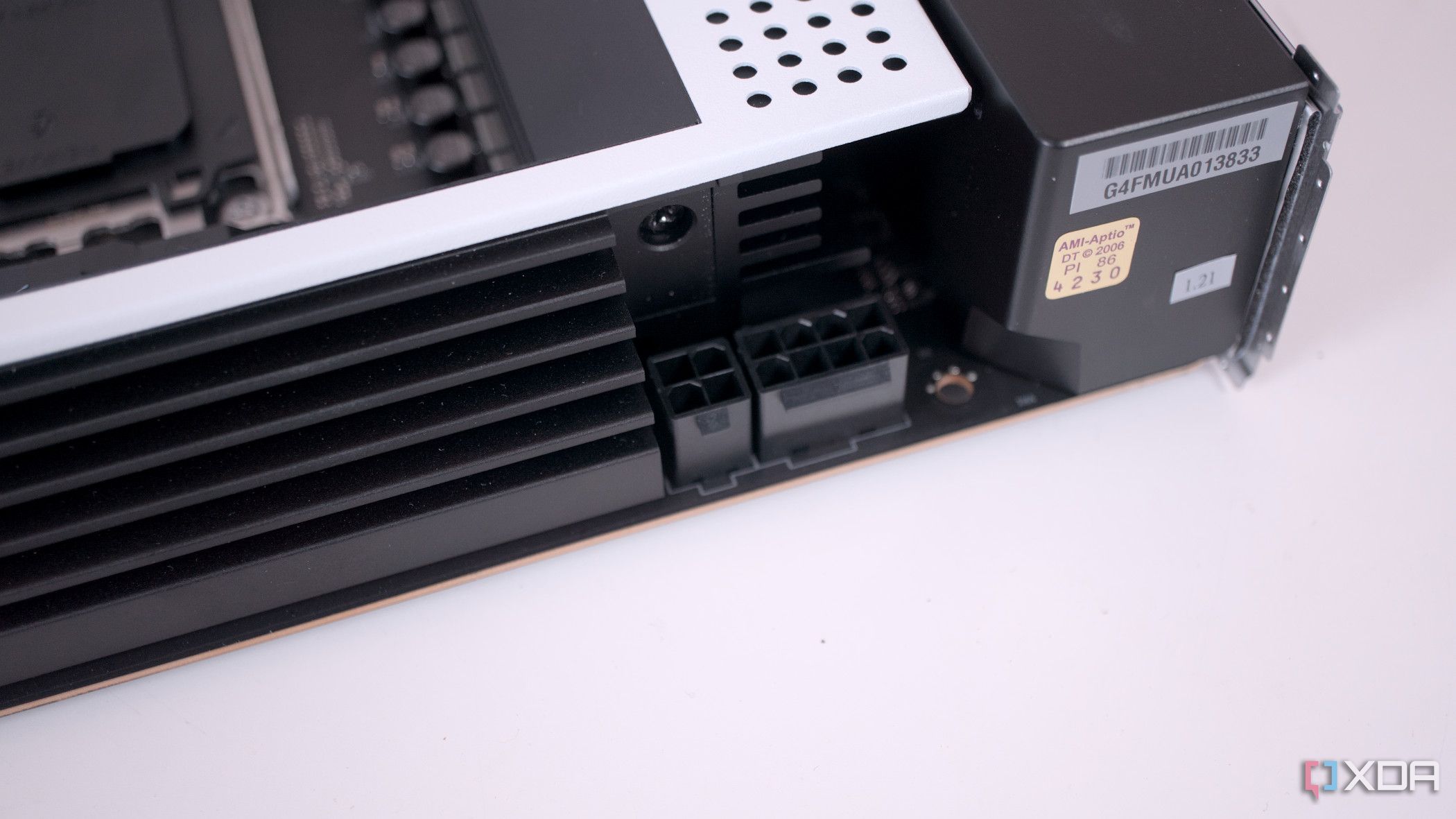
Related
Should you use a second CPU power connector?
With two CPU power connectors on your motherboard, should you use them both?
Make the best of your existing hardware before buying more
To improve your PC temps, you don’t always need to add more fans or buy a better CPU cooler. You can often realize significant gains by improving the cable management on your PC. By removing any wayward cables obstructing the intake and exhaust of air inside the PC and eliminating hotspots around the VRMs and RAM, you can bring down temps more than by installing additional fans, especially when you have a decent number of them already. Plus, using a modular PSU and spacious case in the first place can also simplify cable management to a great degree.


